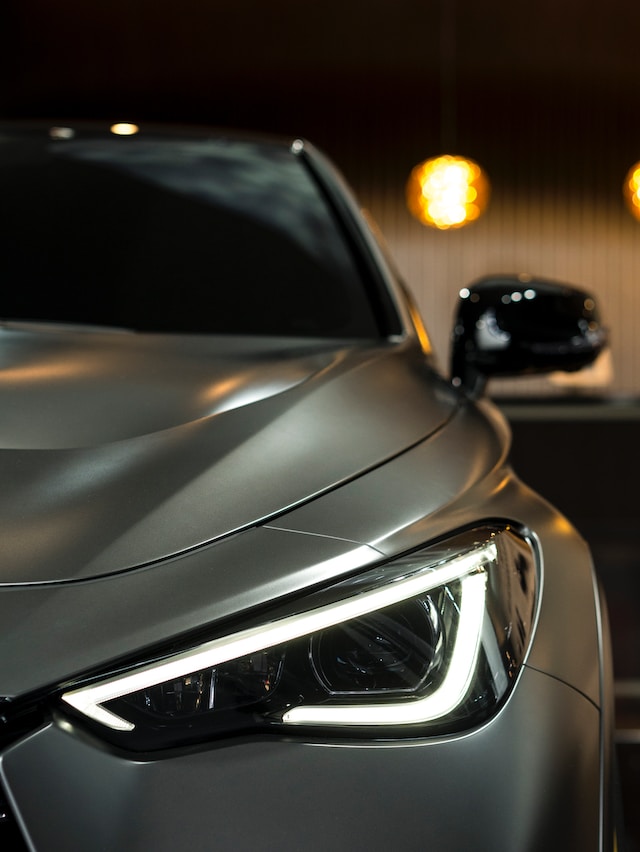Since the invention of the very first car, the automation industry has undergone many rapid changes. Car makers release new models of vehicles every year, and the automotive industry is one of the largest and most dynamic sectors in the global economy today. People worldwide also rely on automobiles on a daily basis for transportation to work, school, appointments, and so on.
When you’re behind the wheel of a car, you have a responsibility to yourself and the people on the road around you to drive safely. However, some accidents aren’t necessarily your fault. How can car safety features protect you when the worst happens?
Automotive manufacturers invest a lot of time into research and development, engineering new ways to use fuel more efficiently, make their vehicles look visually appealing, and add consumer-friendly features. Of course, a large portion of that time also goes into developing safety features that will make drivers safer and reduce the risk of accidents!
1. Best Updates in Car Safety
Interested in what some of the best and most innovative safety features in your future car might look like?
The first is augmented vision. Several car manufacturers, including Continental, GM, and Panasonic, are already working on augmented reality systems. Europe already sells some models of vehicles with versions of this technology installed, and it’s anticipated that the United States will start seeing vehicles with this feature soon as well.
These augmented reality systems are intended to notify drivers of important information while driving on their windshield. It could be used in combination with GPSs and navigational systems to display a visual cue of where the driver needs to turn or warn drivers of pedestrians or potential hazards by highlighting them.
Next are thermal cameras. Although it may not sound as impressive as augmented reality, an estimated 80 percent of pedestrian fatalities caused by vehicles take place after dark – including thermal cameras as a safety feature would reduce that number.
Traditional headlights may also be replaced with adaptive driving beams (ADB) lights soon. These headlights, which can be as bright as traditional headlights, are designed to improve a driver’s field of vision by automatically adjusting their light output based on their surroundings. This helps to prevent lights from glaring in the eyes of drivers.
Advanced driver monitoring systems are being designed to look for signs of unresponsiveness or irregular behaviors in vehicle operators and automatically slow the vehicle in the event of an incapacitated driver. These systems use sensors to look for signs, such as closed eyes, difficulty steering and swerving, that a driver has become impaired. Although one would hope this feature never needs to be used, this addition could be a lifesaver.
2. What to Expect in the Future
Some of the examples listed above are already available in European countries and are expected to be introduced elsewhere over the next few years. Vehicles of the past weren’t always as safe as modern vehicles are, and it’s unlikely that vehicle accidents will be completely eliminated through technology, but experts believe that the number of accidents can be reduced.
Because of increased research and technology, many accidents will be prevented through safety features. Some accidents are preventable – like a fender bender from following to closely or a parking lot accident – by adding increased safety features such as parking sensors and back-up cameras.
3. Where to Stay Updated about Car Features
Car owners can stay up to date on the latest features by using helpful websites like Edmunds. Read reviews before purchasing a new car, learn about its capabilities and safety features, or determine the trade-in value of an older vehicle all on one site!







